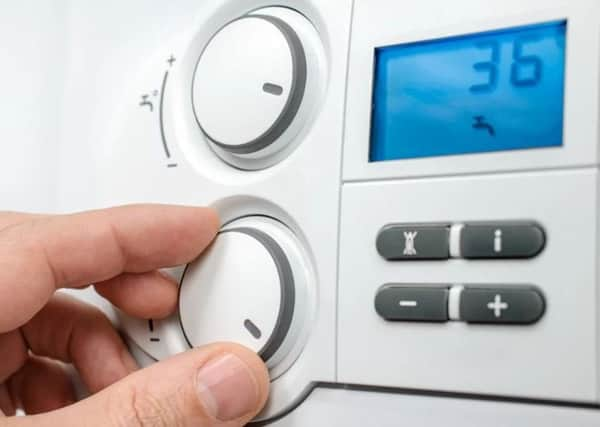Turning your heating down could make you THINNER- and ease diabetes- study claims


The study claims small variations in indoor temperature away from the usual “comfort zone” could help tackle major metabolic diseases, such as diabetes and obesity.
The research suggests exposure to mildly cold or warm environments, outside the standard comfort zone inside buildings of 21C to 22C, increases metabolism and energy expenditure which may help to tackle obesity.
Advertisement
Advertisement
For people with type 2 diabetes, exposure to mild coldness influences glucose metabolism and after 10 days of intermittent cold, patients had increased insulin sensitivity by more than 40 per cent.
The results for diabetes treatment are comparable with the best pharmaceutical solutions available, according to researchers.
They say living conditions in modern buildings, such as homes and offices, should be “dynamic” and incorporate “drifting” temperatures in order to support healthy human environments.
Such measures should go hand in hand with the classical lifestyle factors such diet and physical exercise, according to the researchers.
Advertisement
Advertisement
The study, published in the journal Building Research & Information, outlines how preventable metabolic syndrome health conditions, such as obesity and type 2 diabetes, may be influenced by exposure to a variable indoor temperature.
Study lead author Professor Wouter van Marken Lichtenbelt, of Maastricht University in Holland, said: “It has previously been assumed that stable fixed indoor temperatures would satisfy comfort and health in most people.
“However, this research indicates that mild cold and variable temperatures may have a positive effect on our health and at the same time are acceptable or even may create pleasure.”
Richard Lorch, editor in chief of the journal, said: “This ground-breaking research provides a new approach to how we think about the heating and cooling our of buildings.
Advertisement
Advertisement
“The health benefits from a short exposure to a more varied temperature range will redefine our expectations on thermal comfort. In turn, this will change our practices for heating and cooling our buildings.”
He said that, in developed countries, buildings account for up to 40 per cent of energy demand and constitute a “significant proportion” of CO2 emissions.
And any reduction in heating and cooling of buildings will have a positive health effect on the occupants, as well as reduce greenhouse gas emissions.